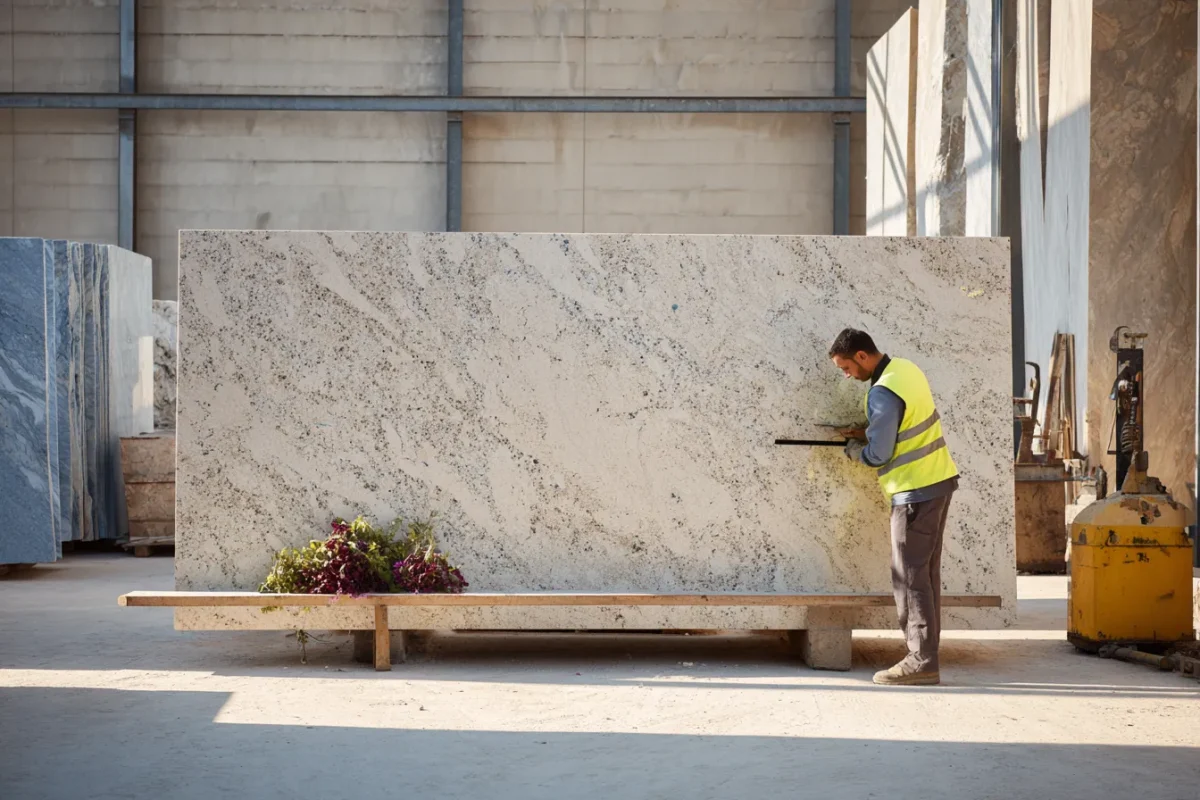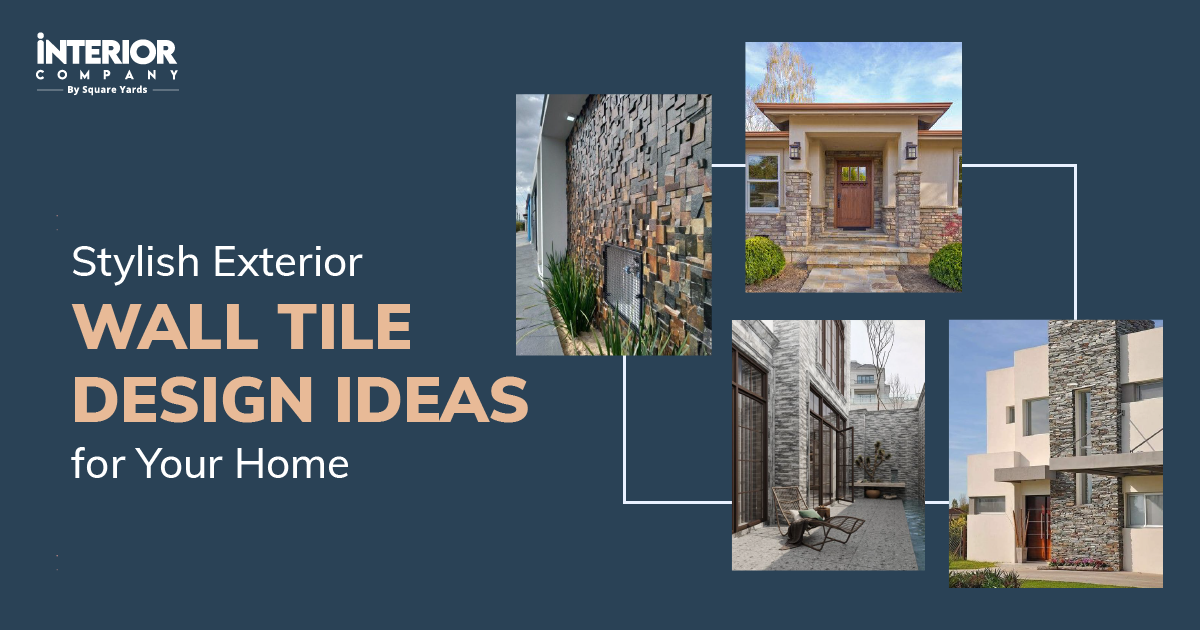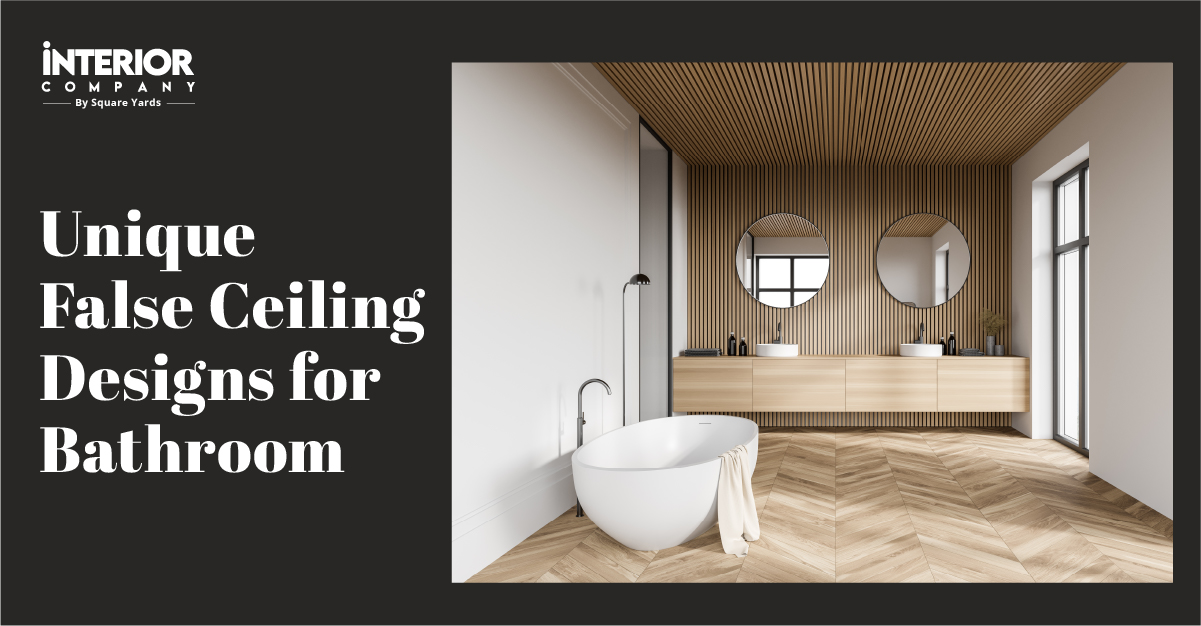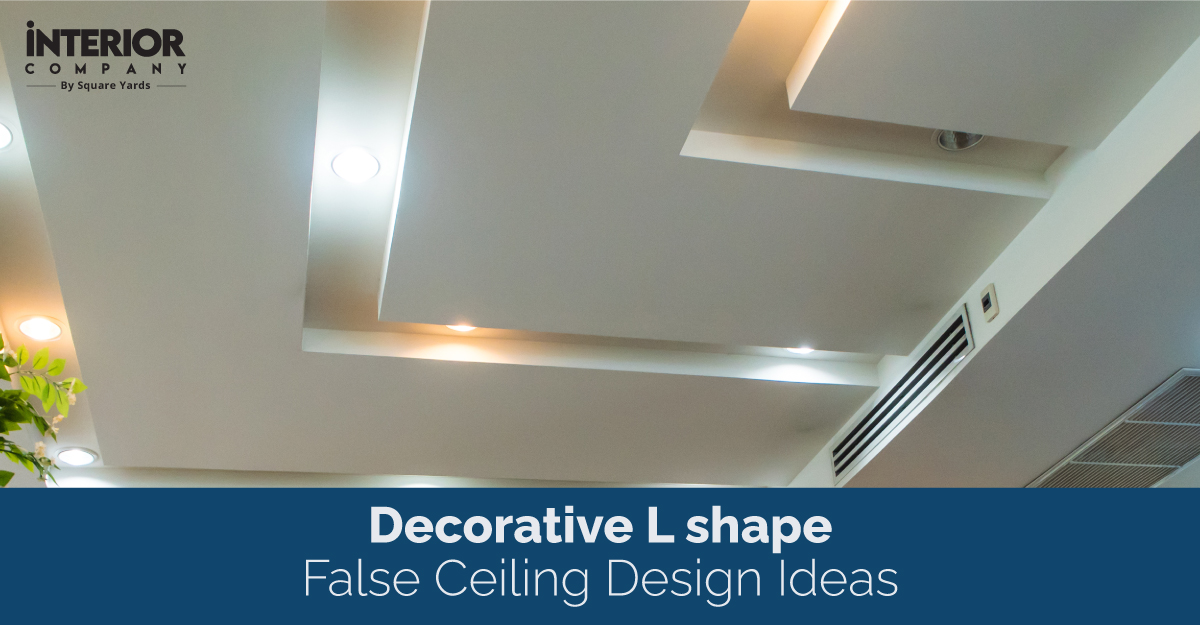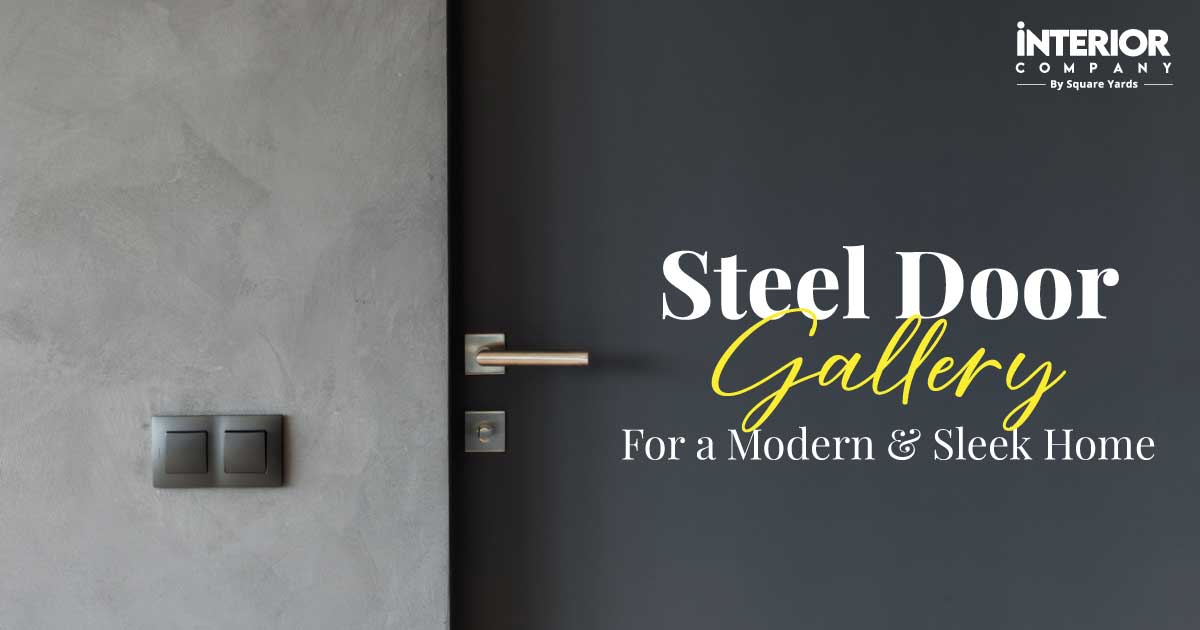- Kitchens
- Design Ideas
- Cities
- Trends
- Guides
- Price Calculators
- Our PortfolioNEW
- More
- Home
- Trends
- Construction
- Materials
- Different Types Of Bricks And Their Qualities
A Handbook to Different Types of Bricks and their Qualities
The phrase ‘core must always be strong’ stands true in all ways of life from human bodies to construction sites. Bricks form this core in a building. Different types of bricks are used in industrial, residential, and commercial buildings on a regular basis, owing to their long-lasting and durable nature. However, even for the smallest masonry projects like an outdoor grill station or a building, the type of brick can be the major point of difference.
Table of Content
With around ten different types of bricks available in the market, lack of informative decisions can disrupt the dreamscape's foundation. Since every brick has different characteristics, it is important to have a knowledge of the best brick for your construction projects. This article describes the types of bricks you can choose from and the areas they are best suited for.
Also Read: Different Types of Brick Masonry
Various Types of Bricks
Choose the one that suits your needs and lays a strong foundation, brick by brick.
1. Sun-dried Bricks
Unburnt or sun-dried bricks are one of the most common examples of bricks used for construction. The name for these bricks is derived from their manufacturing process itself. Typically dried in the sun for hardening, these are most commonly used in rural areas for making temporary structures. This is because they are not very robust and exhibit little resistance to fire and water.
Best Suited For: Sun-dried bricks are not as durable as other bricks. However, they serve as a DIY and affordable option for temporary structures.
2. Burnt Clay Bricks
This is the most widely used type of brick for construction, which gives it the name 'common brick'. These are primarily utilised for the construction of main structures like building foundations, walls, and columns. They can be broadly classified into the four given types:
- First-class bricks- best quality
- Second-class bricks- moderate quality
- Third-class bricks- poor quality
- Fourth-class bricks- overburnt and irregular in shape
Best Suited For: Burnt clay bricks are made for numerous purposes, they are the most versatile bricks used in modern construction.
3. Fly Ash Bricks
These bricks contain class C or F fly ash and are mainly used for masonry projects. Fly ash is a byproduct of mixing coal with water and heating it to a temperature of 1000 degree Celsius. The high levels of calcium oxide in the resin lead to the formation of Class C Fly Ash. Also known as self-cementing bricks, these are ideal for the construction of walls, pillars, and foundations. Given below are some of the advantages of Fly Ash Bricks:
- Superior fire insulation
- High strength
- Uniform standard sizes make it ideal for plaster and joints
- Resistant to water penetration
Best Suited For: Fly ash bricks are durable and strong construction materials that are an ideal alternative to burnt clay bricks. They also help in protecting the environment by cutting down on toxic waste.
4. Concrete Bricks
The bricks are manufactured by using water, cement, and sand. They can be manufactured in any shape or size according to the requirements. One of the main advantages of using clay bricks is that they can be easily manufactured at the construction site. This also helps in effectively reducing the amount of mortar used for the construction itself.
Best Suited For: These types of bricks are most commonly used in outdoor walls, internal brickworks, facades, and concrete bricks. They can be easily manufactured by professional masons on the construction site, which saves on costs and shipping time for substantial construction projects.
5. Engineering Bricks
This brick is mainly utilised due to its ability to resist fire and cold. This is mainly used for constructing basement walls, where there is a need for increased resistance to chemicals and water. They are also known for their low porosity, which makes them resistant to damp or mildew formation.
Best Suited For: Engineering bricks are ideally used in basements, owing to their low porosity, resistance to water damage, and chemical and high compressive strength.
Also Check: Different Types of Plumbing Pipes used in Construction
6. Sand Lime or Calcium Silicate Bricks
Commonly referred to as sand lime bricks, they are mainly used for ornamental and masonry purposes in construction projects. These bricks are made using the chemical setting process, which means that they are completed by exposing them to pressure and heat elements to speed up the chemical reaction. They have excellent acoustic insulation and a smooth finish which makes them perfect to be used by artists to make their masterpieces stand out.
Best Suited For: Opt for sand lime bricks for acoustic insulation. A high level of fire resistance and strength make them a popular choice for load-bearing walls.
7. Porotherm Smart Bricks
These hollow bricks which are often also known as 'eco-brick' are an effective way to use natural clay for construction. These bricks can either be perforated vertically or horizontally. Perforated in its most literal translation means 'pierce or make holes in'. These bricks are the most modern type, utilised in many commercial and residential projects. Features like thermal insulation, 100% eco-friendly properties, and high strength are provided at a cost lower than regular bricks, making them the best new type of bricks.
8. Fire Bricks
Fire bricks are also known as refractory bricks. These bricks are manufactured from the earthing process, which is specially designed. After burning, these types of bricks can withstand extremely high temperatures up to 3000 degrees, owing to their fire resistance properties. The process is executed without altering the desired size and compromising strength, and shape. Fire bricks are the most common type of bricks used in construction, especially in dry and rural regions.
Best Suited For: With a high resistance to fire and heat, the fire bricks ensure that they would not chip, break, or crack from heat stress. As a result, these construction brick types are used to line chimneys, make fire pits, or build brick grills. They are used in making chimneys, fireplaces, wood-fired ovens, furnaces, and other high-heat applications.
9. Jhama Bricks
Also commonly known as the 'vitrified bricks' or 'overburnt bricks', these construction brick types are heated at a high temperature. In comparison to conventional bricks, these are burnt for a longer period of time. The strength is substantially higher or equal to a first-class brick. The shape of a Jhama brick is distorted but has an absorption capacity higher than a normal brick.
Best Suited For: These types of house bricks are commonly used in beam and slab construction with the use of concrete, where it does not encounter water normally.
10. Hollow Bricks
As the name suggests, hollow bricks are almost one-third the weight of a normal brick. Since they are hollow inside, they are also referred to as cavities or cellular bricks. If you are looking for quick construction these types of house bricks are the most ideal as they can be laid much quicker compared to the normal ones. These are also used for partitioning in the construction process.
Ready for a home transformation?
Let our designers assist you!
Recent Posts
Ans. Amongst the various types of bricks, burnt clay bricks are the most popular for construction purposes.
Ans. Class A engineering bricks are the strongest, however, Class B bricks are most commonly used.
Ans. First-class burnt clay bricks are of the topmost quality, offering both strength and quality. These types of house bricks have no noticeable flaws.
Related Category
- Exterior Design
- False Ceilings
- Furniture
- Tips and Advice
- Walls and Texture


